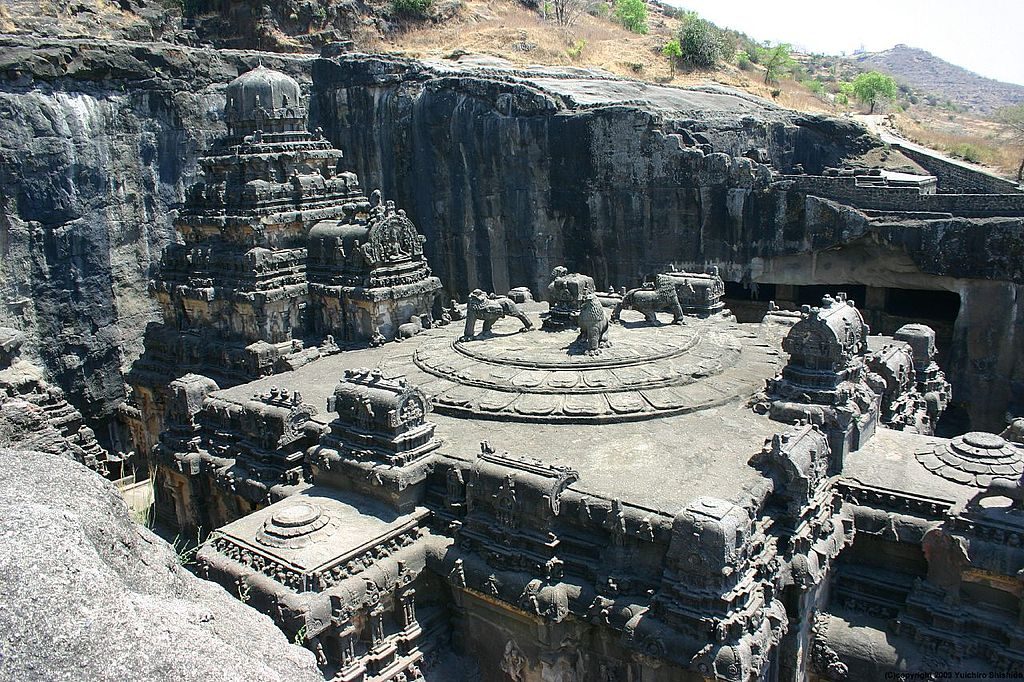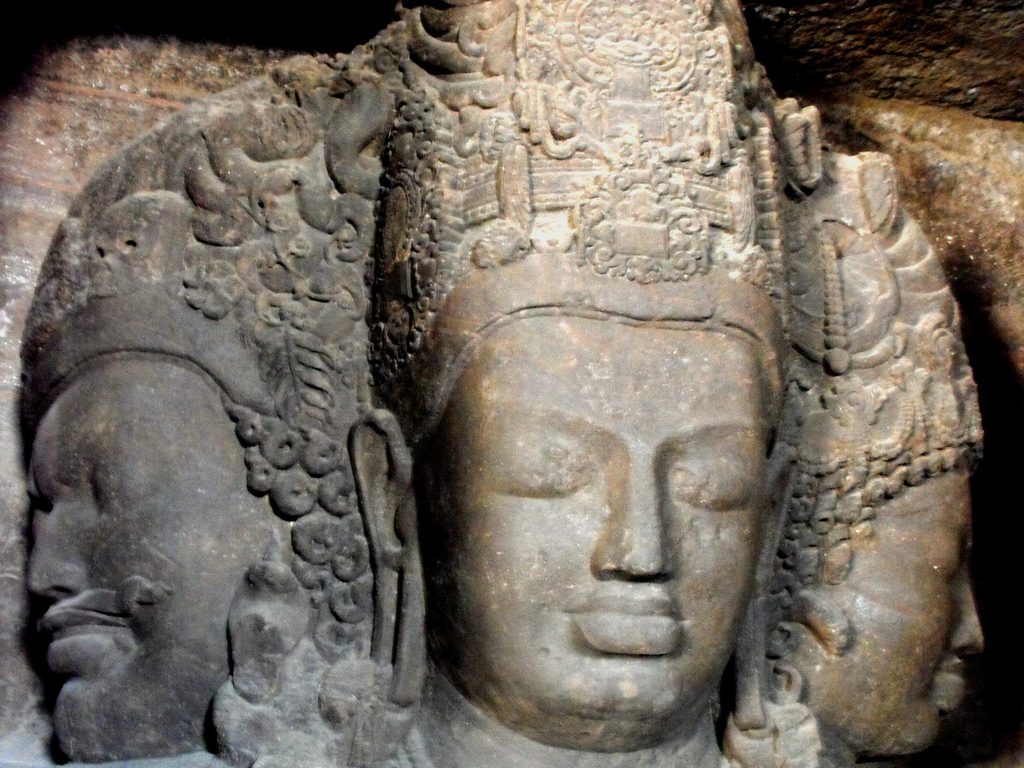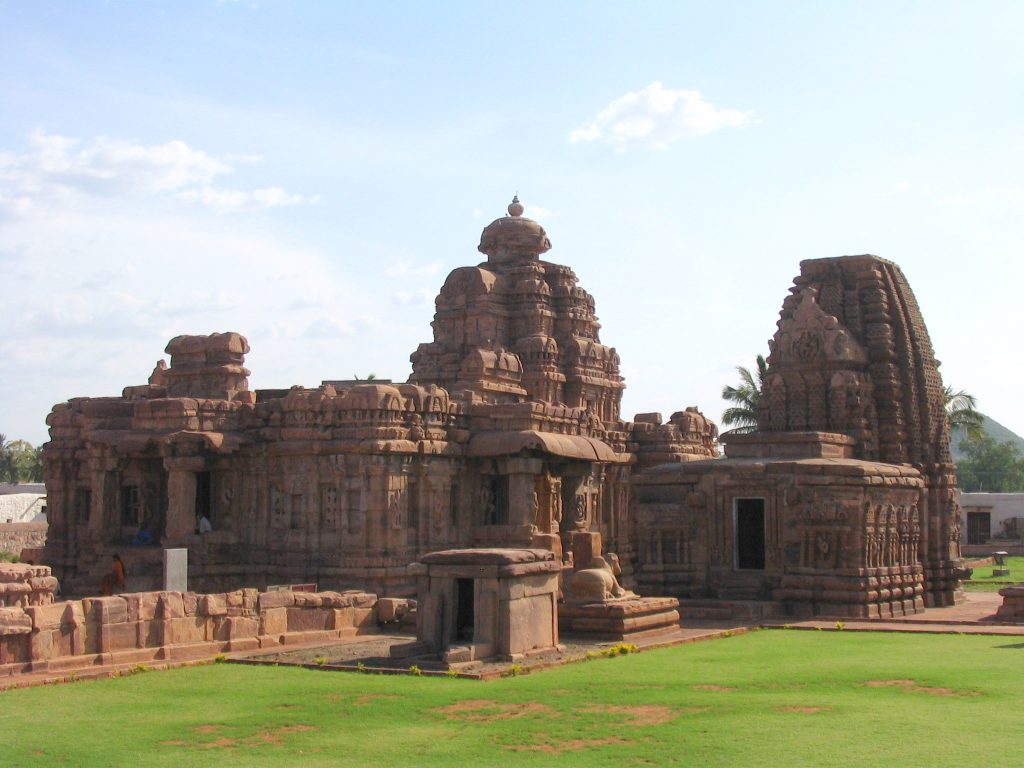In this week’s Time Travel column, Roopa Pai tells us the tale of how Imperial Karnataka came into being, and traces the foundations of a great empire.
Time Travel – 5
If there is one thing history teaches us above all else, it is that nothing is permanent. Even the greatest empires must fall, and make place for new ones, which will fall in their turn. And so it was that, in 753 AD, the great Chalukyas of Badami bowed out, leaving the stage to their former feudatories, the Rashtrakutas.
The Foundations Of An Empire

It was a king called Dantidurga who brought the Rashtrakutas into the limelight. Overthrowing the Chalukya king Kirtivarman II, he laid the foundations for a mighty empire that would be built over the next 100 years. At its height, the empire would stretch from the Ganga-Yamuna Doab (the name given to the region between the two rivers) in the north to Cape Comorin in the south, from Banaras in the east to Broach (the port of Bharuch in Gujarat) in the west. It would be the first time that a south Indian empire became a pan-Indian empire, and would herald the glorious age of Imperial Karnataka.
While Dantidurga and his son Krishna I were pretty successful at adding large swathes of territory, it wasn’t until Dhruva Dharavarsha (780 -793 AD) and his son Govinda III (793 – 814 AD) that the kingdom exploded into an empire. Dhruva led successful expeditions to Kanyakubja or Kanauj (bang in the centre of today’s Uttar Pradesh), the seat of northern Indian power, where he defeated the other two great Indian empires of the time, the Palas of Bengal and the Pratiharas of Malwa, and returned with great fame and booty.
Govinda III went further – an inscription of the time states that ‘his horses drank from the icy waters of the Himalayan streams and his war elephants tasted the sacred waters of the Ganges’. With rulers of (present-day) Uttar Pradesh, Gujarat, Andhra Pradesh, Tamil Nadu and Kerala submitting to him, and even the king of Ceylon sending him tributes, it is no wonder Govinda’s exploits were compared to that of Arjuna the Pandava and Alexander the Great. It appears Kannadigas weren’t always as mild-mannered as they are today!
Such a large empire needed someone enormously competent to manage it after Govinda’s passing, and luckily for the Rashtrakutas, their next king turned out to be someone that history would regard as the greatest king of the dynasty. His name was Amoghavarsha I and he would rule for a whopping 64 years.
On coming to power in 814 AD, Amoghavarsha ‘Nrupathunga’ had his hands full with the usual first-year-in-office tasks – disciplining the rebellious feudatories and competitors to the throne who always seemed to crawl out of the woodwork whenever a new king took charge, hoping to take advantage of his inexperience. Once he had done that – so successfully that there was not a whimper out of them for the next six decades – he moved his capital to a town called Manyakheta (today called Malkhed) on the banks of the Kagina river in Gulbarga. Manyakheta would remain the Rashtrakuta capital until the dynasty ended in 997 AD.
As inheritor of a vast empire, there were two paths open to Amoghavarsha – he could choose to be greedy and conquer more territory, or he could focus on peace and his people’s welfare. To his eternal credit, Amoghavarsha chose the latter (probably because he was a sensitive soul – a devout Jain and a poet to boot!). He maintained friendly relations with his neighbours and gave his daughters in marriage to their kings and princes. The resultant peace in his empire led to a great flowering of the arts, architecture and Sanskrit and Kannada literature.

One of the most important pieces of literature of the period is Kavirajamarga, the earliest existing work on Kannada poetics and grammar. It was authored, in collaboration with his court poet, Sri Vijaya, by the poet-monarch himself. Put together his peace-loving nature, his tolerance for all religions, and his concern for the welfare of his people, and it’s easy to see why today’s historians have dubbed Amoghavarsha Nrupathunga the ‘Ashoka of the South’!
Extra! Extra!
Visit! The architectural splendours created by the Rashtrakutas, including:
- The magnificent monolithic Kailasanatha Temple at Ellora, commissioned by Krishna I.
- The Kashivishwanatha temple and the Jain Narayana temple at the UNESCO World Heritage Site of Pattadakal
- Elephanta Island, another World Heritage Site 10 km east of Mumbai to see the marvellous Trimurti sculpture and the Nataraja and Ardhanarishwara temples there

Nadi Notes
The Kagina river rises near Kohir in Andhra Pradesh and enters Karnataka near Habal village in Gulbarga district. It flows 64 kms in Gulbarga, passing through the holy town of Malkhed and the cement town of Shahabad, before it merges with the Bhima river. It is the Kagina that supplies all of Shahabad’s drinking water. The river has not been harnessed for an irrigation project so far.
Liked reading this? Then you might also like to read Time Travel: Discovering The Monarchs By The Malaprabha.
This set of weekly columns was published in the student edition of Deccan Herald during the school year 2011-12.
If there’s any story that needs to be told, we will tell it. Write to us at contact@knowyourstar.com with your story lead, or contact us on Facebook or Twitter.